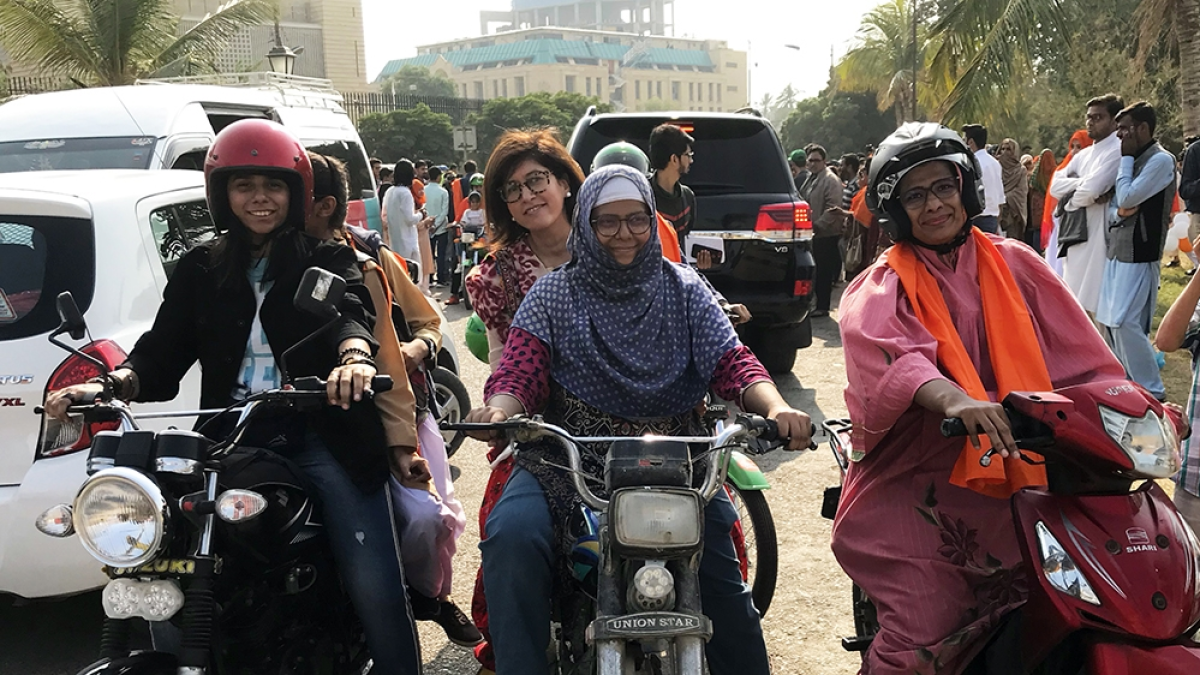Editorial
Rehabilitation of disabled children is a significant process that aims to optimize their functioning and reduce their disability in interaction with their environment1. It is essential to universal health coverage and a key strategy for achieving Sustainable Development Goal 3 – “Ensure healthy lives and promote well-being for all ages”.
Rehabilitation of disabled children can have multiple benefits for them, their families and the society. It helps disabled children to be as independent as possible in everyday activities. It enables them to participate in education, work, recreation and meaningful life roles such as caring for family. It can improve their self-esteem, confidence and dignity, as well as their quality of life and well-being.
Furthermore, it helps disabled children overcome difficulties with thinking, seeing, hearing, communicating, eating or moving around. This can enhance their cognitive, sensory, motor and social skills, as well as their health and safety. It helps disabled children access social services (like education and health care) and engage in their communities. This can foster their inclusion, empowerment and rights and reduce stigma and discrimination against them. It also helps disabled children receive support and motivation from their caregivers and the community. This can strengthen their family and social bonds, as well as their resilience and coping abilities.
It helps disabled children contribute to society and the economy. This can increase their productivity, income and opportunities and reduce the costs of care and social welfare. Rehabilitation of disabled children is a complex and multidimensional process that involves various stakeholders, such as health professionals, educators, social workers, parents, peers, NGOs and organizations. It also requires adequate resources, such as assistive products, environmental modifications, information and communication technologies, policies and legislation. Therefore, it is essential to adopt a holistic, person-centred and rights-based approach to rehabilitation that addresses the needs and preferences of each disabled child about their surroundings. Accordingly, the Pakistani state and society must also engage in the noble cause of rehabilitating the disabled children.
Please, subscribe the monthly magazines of republicpolicy.com














